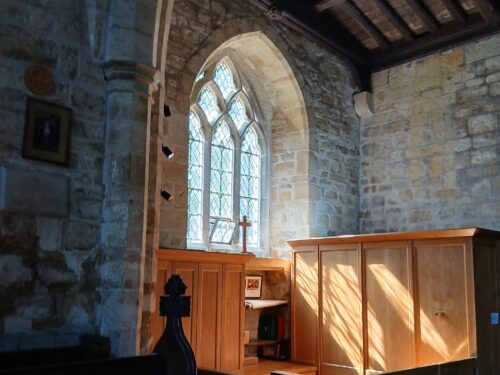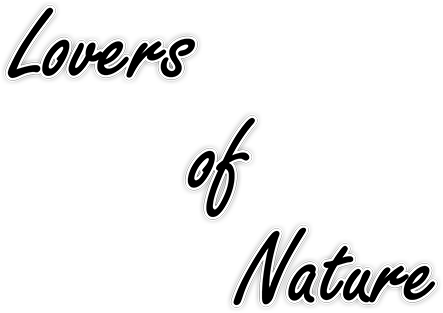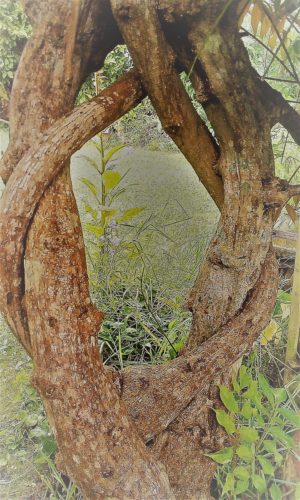Mother Earth
What is this Life?
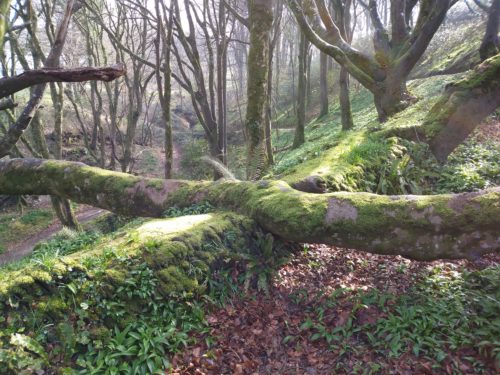
What is this life if, full of care,
We have no time to stand and stare?
No time to stand beneath the boughs
And stare as long as sheep or cows.
No time to see, when woods we pass,
Where squirrels hide their nuts in grass.
No time to see, in broad daylight,
Streams full of stars, like skies at night.
No time to turn at Beauty’s glance,
And watch her feet, how they can dance.
No time to wait till her mouth can
Enrich that smile her eyes began.
A poor life this if, full of care,
We have no time to stand and stare.
William Henry Davies 1911

What is Nature?
It is everything we have.
What does Nature do?
It keeps on changing and changing.
How does Nature work?
It constantly re-births.
Why do we call it Nature?
Because it comes from the same word as ‘Nativity’.
To give birth.
Field Maple
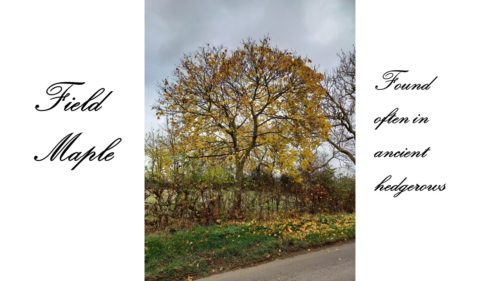
Ecclesiasticus Chap 43
In the female form
The Splendour of the Sun
The pride of the higher realms is the clear vault of the sky,
as glorious to behold as the sight of the heavens.
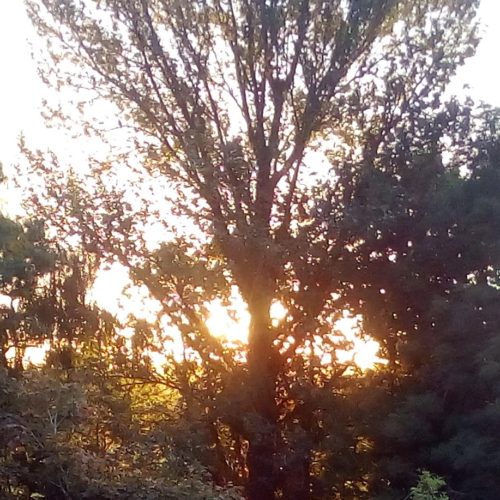
The sun, when it appears, proclaims as it rises
what a marvellous instrument it is, the work of the Highest.
At noon it parches the land,
and who can withstand its burning heat?
* A woman tending a furnace works in burning heat,
but three times as hot is the sun scorching the mountains;
it breathes out fiery vapours,
and its bright rays blind the eyes.
Look at the rainbow, and praise her who made it;
it is exceedingly beautiful in its brightness.
It encircles the sky with its glorious arc;
the hands of the Most High have stretched it out.
The Marvels of Nature
By her command she sends the driving snow
and speeds the lightnings of her judgement.
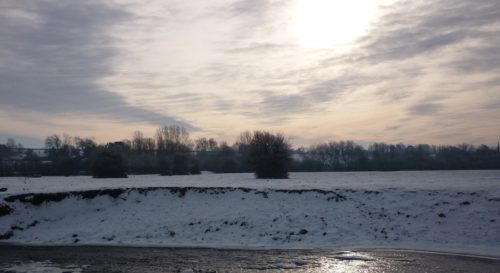
Therefore, the storehouses are opened,
and the clouds fly out like birds.
In her majesty she gives the clouds their strength,
and the hailstones are broken in pieces.
The voice of her thunder rebukes the earth;
when she appears, the mountains shake.
At her will the south wind blows;
so do the storms from the north and the whirlwind.
She scatters the snow like birds flying down,
and its descent is like locusts alighting.
The eye is dazzled by the beauty of its whiteness,
and the mind is amazed as it falls.
She pours frost over the earth like salt,
and icicles form like pointed thorns.
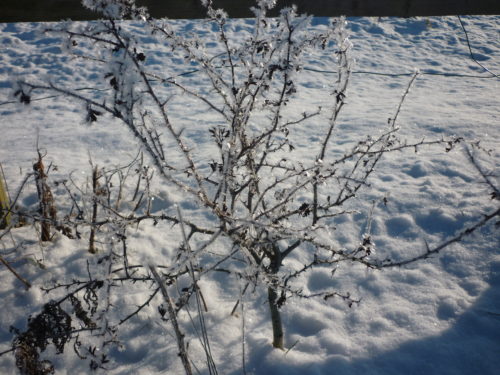
The cold north wind blows,
and ice freezes on the water;
it settles on every pool of water,
and the water puts it on like a breastplate.
She consumes the mountains and burns up the wilderness,
and withers the tender grass like fire.
A mist quickly heals all things;
the falling dew gives refreshment from the heat.
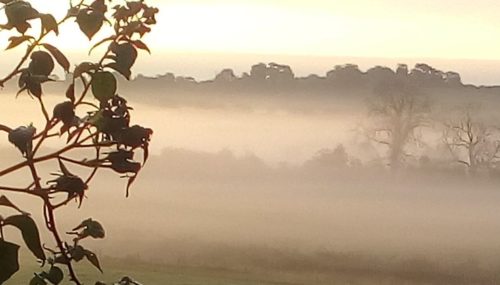
By her plan she stilled the deep
and planted islands in it.
Those who sail the sea tell of its dangers,
and we marvel at what we hear.
In it are strange and marvellous creatures,
all kinds of living things, and huge sea-monsters.
Because of her each of her messengers succeeds,
and by her word all things hold together.
The book Ecclesiasticus is from the 16 apocrypha (hidden) books of the Bible.
It was omitted from the Bible by the Protestant Church in the 1800’s.
This chapter is as true today, as it was in the 1800’s before being excluded from the Bible.
The female form creates a challenging message.
* Women in the Black Country – particularly around Cradley Heath – sweated in dark, cramped outhouses hand-hammering thousands of links of smaller chains, using furnaces to create their intricate but strong links. In return they were paid a pittance.

What is Gnosis

The moment is our lifetime
Field Maple
“And be assured, I am with you always, to the end of time”
Matthew 28.20
Whatsoever things are true
Whatsoever things are honest
Whatsoever things are just
Whatsoever things are pure
Whatsoever things are lovely
Whatsoever things are of good report,
Think on these things
Phil. 4:8
Grace Publishers

“I love this picture
When I took it every drop of water
Was like a jewel.
The drops were clinging along the entire length of the leaves”
Mothy

Late Summer Shoreline
A few metres back from the beach
the true shore specialists gave way
to low, wind-stunted mats of wildflowers
like intricate tapestries stitching the shifting sand together:
the pink stars of common cranesbill, autumn hawkbit,
delicate lilac harebells, the pea-like flowers of spiny restharrow,
lady’s bedstraw, sheep’s bit and hare’s-foot clover,
it’s fluffy seed-heads like tiny, wind -trembled paws.
Plant communities like this support pollinators
and other invertebrates
while doing a vital job of preventing coastal erosion,
but on top of that they’re simply beautiful:
complex, miniature worlds that reveal their delicate colour
and variety all at once, for the briefest and perhaps
the most overlooked of all summer shows.
Melissa Harrison
12-9-23
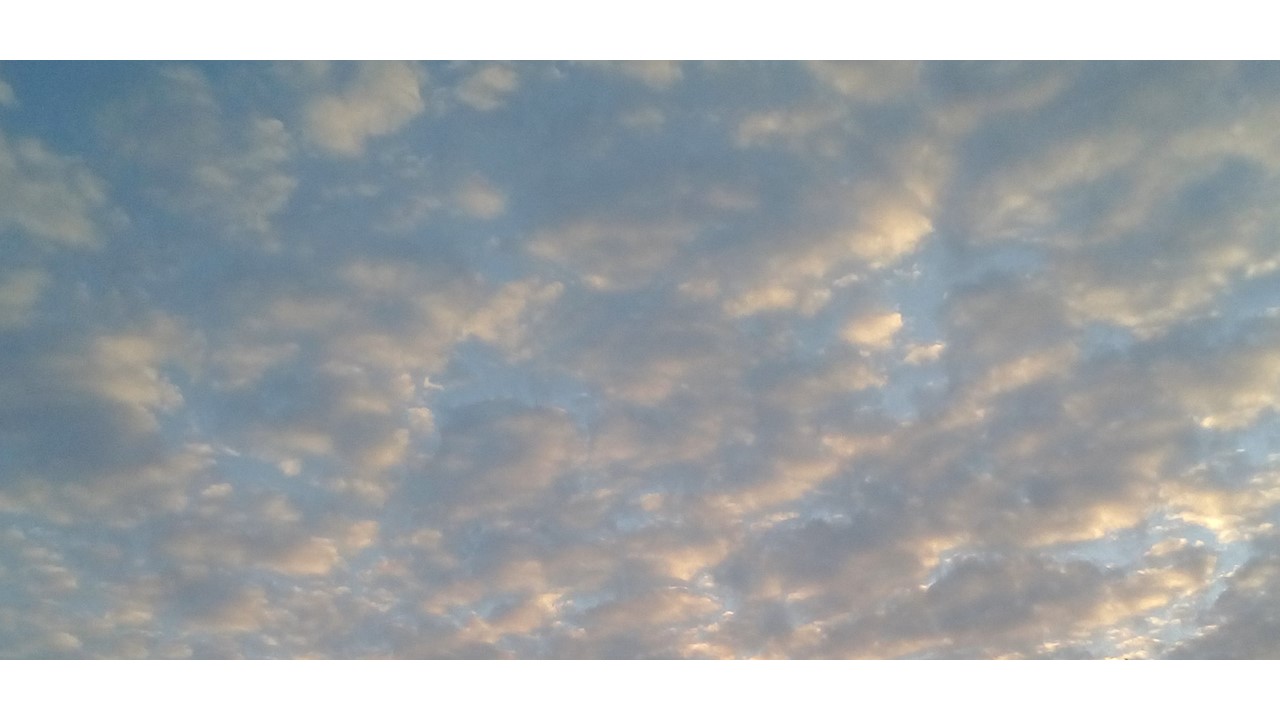
Patterns
We need to identify patterns.
Sometimes we search for them.
Often, we assume them to be there.
Searching means
we attribute meaning to them.
We then give them symbolic meaning.
Then the meaning becomes
more important
than the pattern
for it assumes the pattern
can never / should never be changed.
Nature has patterns but it also changes.
Often forcibly.
Field Maple
November 2023
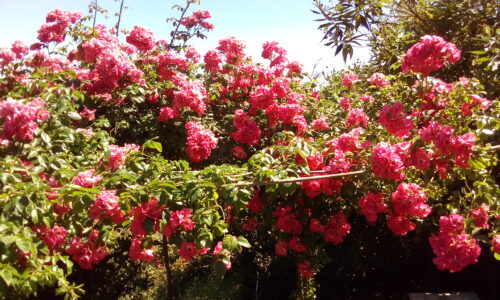
When you come closer to God
You come closer to yourself
There is only one human being
involved in that.
Field Maple
June 2025
